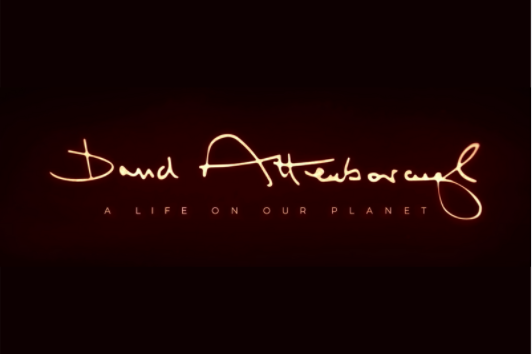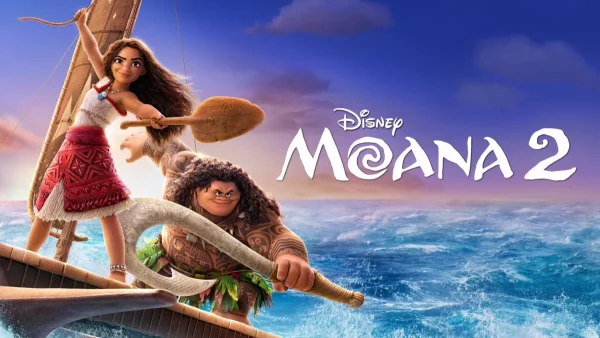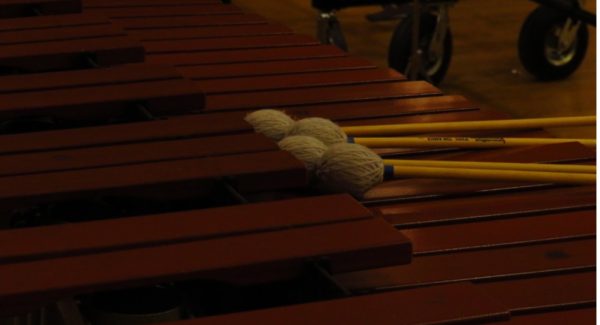Movie Review: A Life on Our Planet

David Attenborough’s new documentary, A Life on Our Planet, was released on Oct. 4.
“A Life on Our Planet” is a Netflix documentary released in conjunction with the WWF (World Wildlife Foundation). The film, narrated by Sir David Attenborough, English broadcaster and natural historian, reflects on the global environmental change inflicted by humans over the span of Attenborough’s life.
In between footage from several of Attenborough’s BBC documentaries, numbers on the screen flash: human population and the percentage of Earth that remains untouched between the years 1930 and 2080. In 1930, 2.3 billion people lived in the world and roughly 70% of Earth remained wild. In 2020, there are now 7.8 billion people. Only 33% of the Earth’s wild places remain. The documentary predicts that by 2080 the soil will be overworked and agriculture will be impossible. Warming climates in the summer months will lead to forest fires ravaging the west coast, Australia and North Africa. Heavier rains and rising sea levels will flood Venice, New Orleans and Manhattan.
Attenborough reflects on what it would be like if he were born in the year 2020. He said he would have been unable to experience the natural world to the same extent as he has in his life, if at all.
In the film’s opening scene, Attenborough walks through the dilapidated walls of Chernobyl. On April 26, 1986, a leak at the nuclear power plant caused so much radiation and nuclear waste to spill out that the entire city became uninhabitable. After the incident took place, scientists estimated that life would not return to Chernobyl for 20,000 years. But today, 33 years after the nuclear reactor broke, bears, bison, wolves, wild horses and over 200 bird species inhabit the city. This scene illustrates that despite the fragility of life, the natural world is surprisingly resilient. Attenborough then goes on to discuss all the ways that if we as a society act now, we may be able to salvage our world.
I loved this movie. Rather than being a typical, run-of-the-mill documentary, it incorporated aspects from the narrator’s life which made the story seem personal and as though it affected the audience. Unlike other documentaries about conservation, it doesn’t leave the viewer with a sense of dread, but rather, the feeling that they can enable positive change.
In the fight for a greener planet, I think documentaries like this are incredibly important. They show the beauty in nature which gives people an incentive to change rather than trying to shame them into action.
Your donation will support the student journalists of Omaha Westside High School. Your contribution will allow us to purchase equipment and cover our annual website hosting costs.

Hey, my name is Rachel Dowd! I am a Managing Editor for Westside Wired this year. I am currently a junior and this is my third year on Wired. A fun fact...






